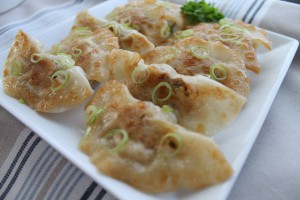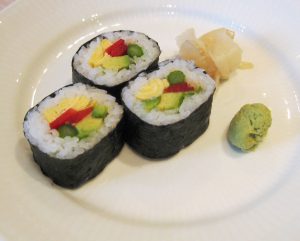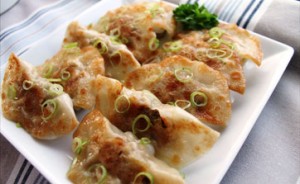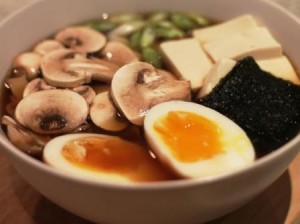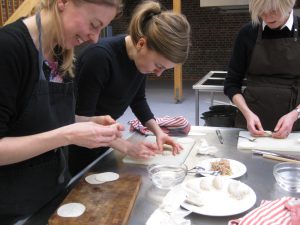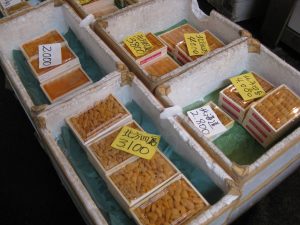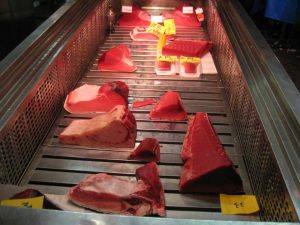 The world’s largest Tsukiji fish market is located in Tokyo. It is a fish market where seafood is sold each day to the rest of the world.
The world’s largest Tsukiji fish market is located in Tokyo. It is a fish market where seafood is sold each day to the rest of the world.
Every morning there are sold large quantities of tuna on the fishing operation tuna which is categorized in different quality so to be sold to restaurants in Japan or sent abroad.
The fishing auction is being held very early in the morning. Tourists are not allowed in those hours. The many tourists seem to be disturbing and it affects the fishing action in a negative way.
The best time to visit the fish market is at 8.00-9.00 am in the morning. You may come later but many retailers begin to shut down.
Rad more about Sushi chef & Sake sommelier Zoë Escher
_
Zoë has held sushi courses and cooking classes for A. P. Moller – Maersk, Hugo Boss Nordic, Novo Nordisk, Novartis, Velux, Gorrissen Federspiel, Beierholm revision, Elbek & Vejrup and many more.

